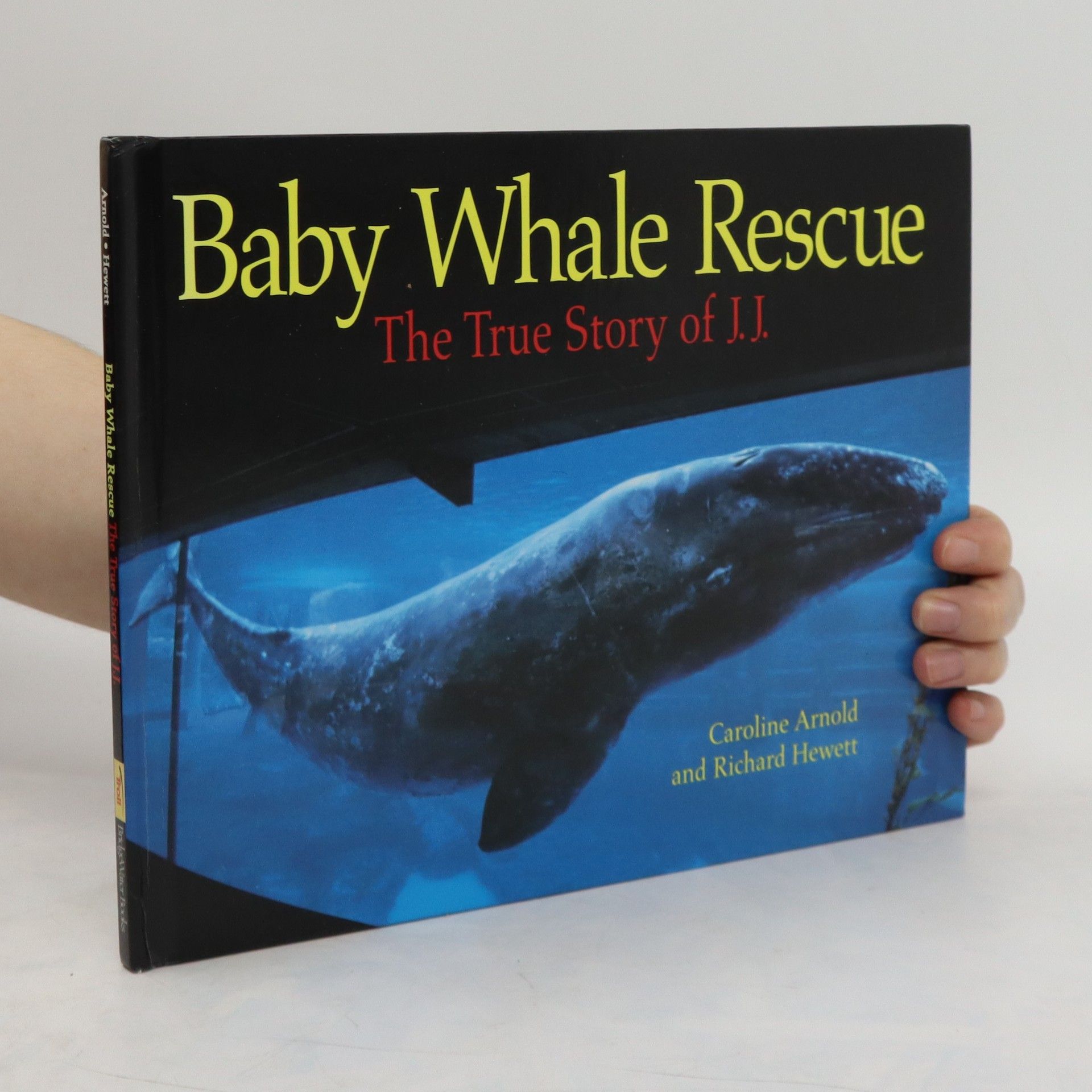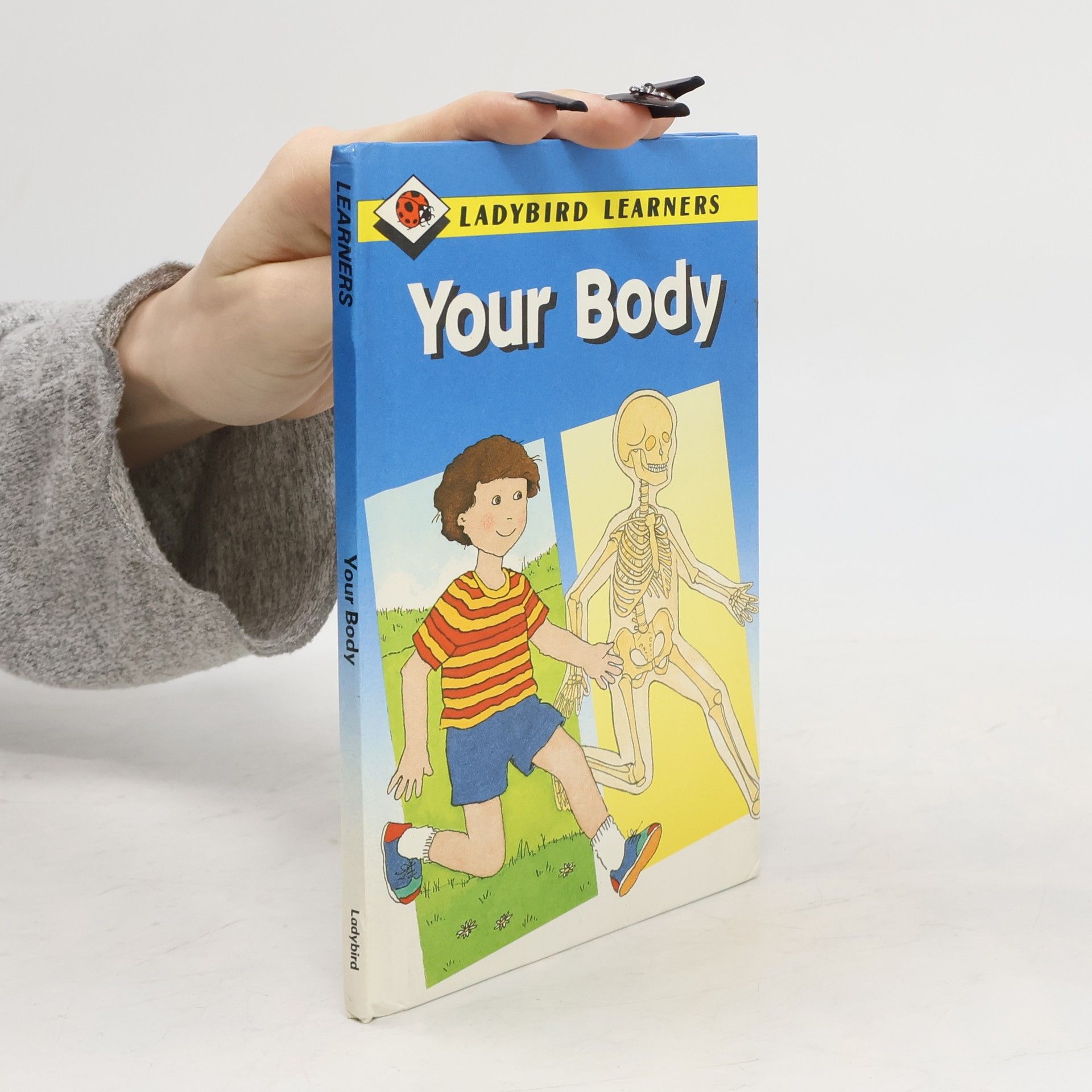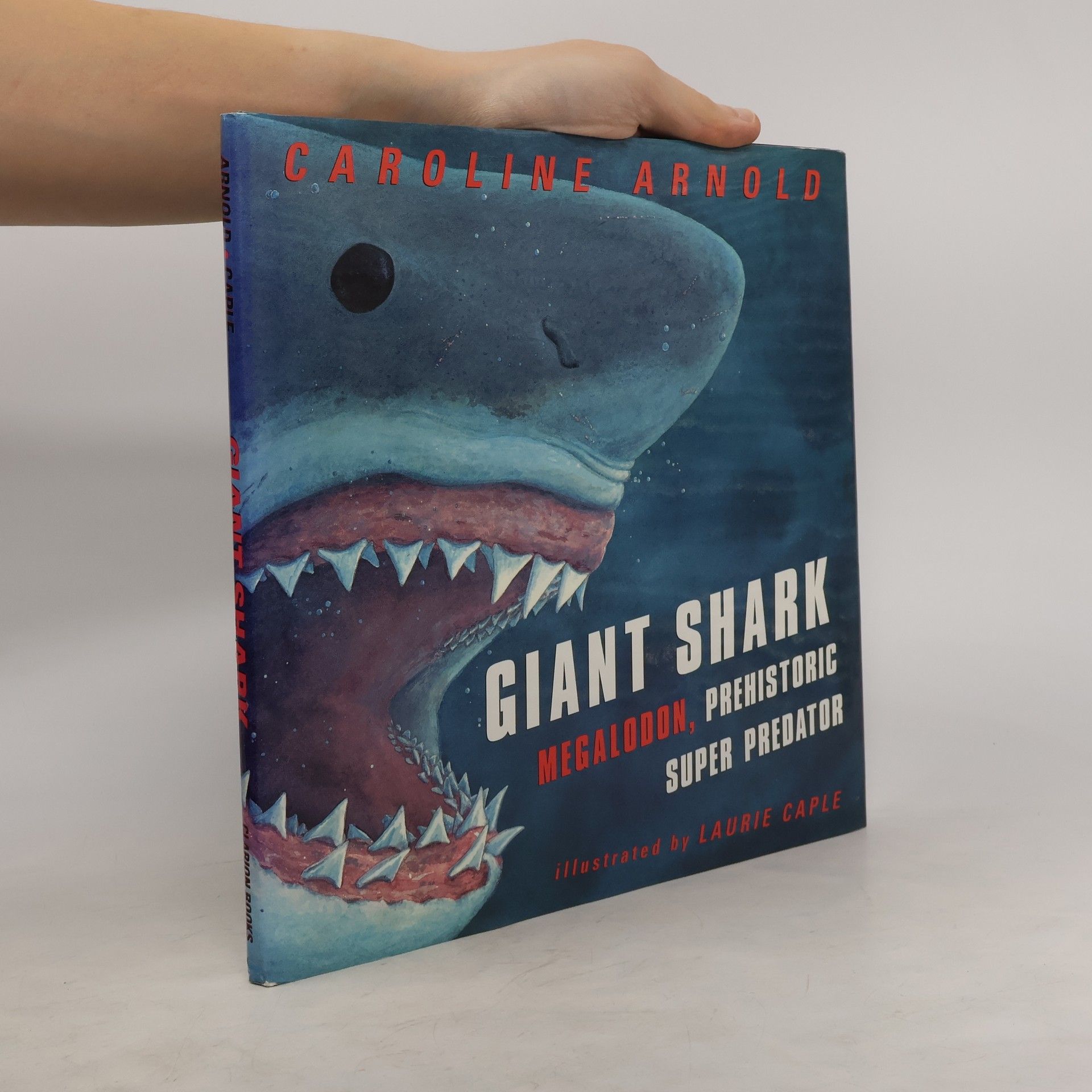Join Mrs. Best's kindergarteners as they learn the joys of raising butterflies from egg to adult in this close-up look at the insect life cycle--now in paperback! A visit to Mrs. Best's classroom is always inspiring! Follow a classroom of real kindergartners as they participate in a popular classroom activity: raising butterflies. Astonishing photographs show the life cycle of the painted lady butterfly, from egg to caterpillar to chrysalis to adult. Engaging text captures the children's wonder and explains the science behind metamorphosis. The Life Cycles in Room 6 series follows Mrs. Best’s real kindergarten class as they help things grow. This photo-illustrated series engages readers with hands-on science in the classroom and beyond.
Caroline Arnold Book order






- 2024
- 2024
Kindergarteners learn the joys of hatching chicks from egg to coop in this close-up look at how chickens grow. A visit to Mrs. Best's classroom is always inspiring! Follow a classroom of real kindergartners as they participate in a popular activity: hatching chicks. Astonishing photographs show the life cycle of a chicken, from incubating eggs, watching them hatch, and raising the chicks until they are old enough to return to the chicken coop. The Life Cycles in Room 6 series follows Mrs. Best’s real kindergarten class as they help things grow. This photo-illustrated series engages readers with hands-on science in the classroom and beyond. Winner of the Cybils Award for Elementary Nonfiction Arnold captures the joy and mystery of this familiar unit of study — Kirkus Reviews Readers will come away with a good understanding of chickens' origins — Booklist An excellent addition to studies of animals, life cycles, or agriculture, as well as an excellent mentor text for the genre of photo essay and stories of classroom life. — SLJ's Classroom Bookshelf Blog
- 2022
Keeper of the Light: Juliet Fish Nichols Fights the San Francisco Fog
- 40 pages
- 2 hours of reading
Inspired by the logs of a female lightkeeper who kept the light shining through the fog following the 1906 San Francisco earthquake, this adventurous story captures an important piece of American history Juliet Fish Nichols is the keeper of the light on Angel Island in the San Francisco Bay Area. Her foe? The fog. Day and night--summer, fall, winter, spring--she must keep the light shining and the fog bell ringing, no matter what. But what happens when there is a major earthquake? What happens when the bell breaks? Keeper of the Light: Juliet Fish Nichols Fights the Fog was inspired by the real Juliet's lightkeeper logs and adventures.
- 2022
Join Mrs. Best's kindergarteners as they learn the joys of gardening from planting seeds to harvesting in this close-up look at how plants grow--now in paperback! A visit to Mrs. Best's classroom is always inspiring! Follow a classroom of real kindergartners as they grow a garden full of healthy vegetables. Joyful photographs show kids planting seeds, tending the seedlings, and harvesting (and eating!) the results. An exciting introduction to the math and science involved in growing a garden. The Life Cycles in Room 6 series follows Mrs. Best’s real kindergarten class as they help things grow. This photo-illustrated series engages readers with hands-on science in the classroom and beyond.
- 2015
A Day and Night in the Desert
- 24 pages
- 1 hour of reading
"Highlights the activities of animals in the Sonoran Desert during one average 24-hour period"--
- 2015
Focusing on a single 24-hour period, this book explores the diverse activities of animals inhabiting the North American prairie. It captures the rhythms of wildlife, showcasing their interactions and behaviors throughout the day and night, providing readers with a vivid portrayal of life in this unique ecosystem.
- 2000
Giant Shark
- 32 pages
- 2 hours of reading
A portrait of the megalodon, a prehistoric shark more than fifty feet long, examines its habits and characteristics, from teeth the size of human hands to what scientists have learned from its fossil remains.
- 2000
Describes how J.J., a baby gray whale born off the California coast and separated from her mother, was rescued and returned to the open sea.
- 1989
Book by Arnold, Caroline, Breeze, Lynn, McLean, Dee
- 1987
Discusses the kangaroo family, their characteristics and behavior, and, in particular, the experiences of an Australian couple with an orphaned baby kangaroo during his first year in which they prepare him to be on his own
